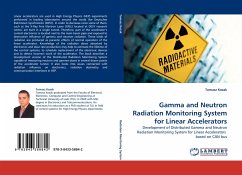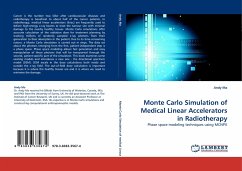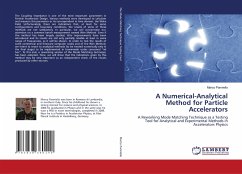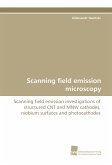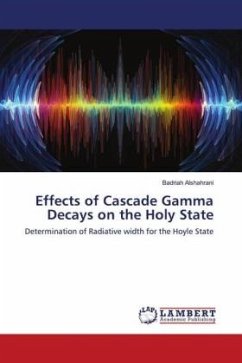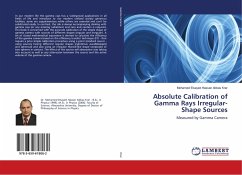Linear accelerators are used in High Energy Physics (HEP) experiments performed in leading laboratories around the world like Deutsches Elektronen Synchrotron (DESY). In order to decrease costs some of them, such as the X-Ray Free Electron Laser (XFEL) located at DESY research centre, are built in a single tunnel. Therefore, part of the accelerator's control electronics is located next to the main beam pipe and exposed to destructive influence of gamma and neutron radiation. These kinds of radiation are produced as parasitic effects of normal operation of the linear accelerator. Knowledge of the radiation doses absorbed by electronics and dose rate production may help to estimate the lifetime of the control systems, to schedule replacement of the electronic devices and to detect incorrect work of the accelerator. The book describes a development version of the Distributed Radiation Monitoring System capable of measuring neutron and gamma doses in several dozen points of the accelerator tunnel. It also looks into issues connected with radiation influence on electronics, radiation dosimetry and communication interfaces in HEP.
Bitte wählen Sie Ihr Anliegen aus.
Rechnungen
Retourenschein anfordern
Bestellstatus
Storno

